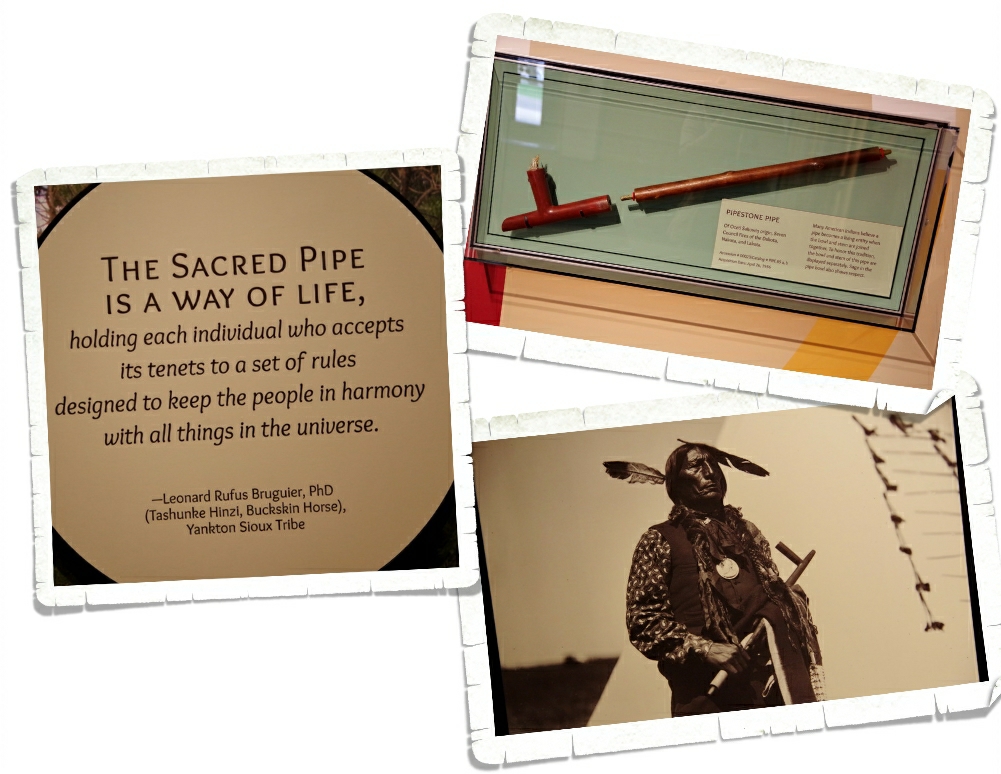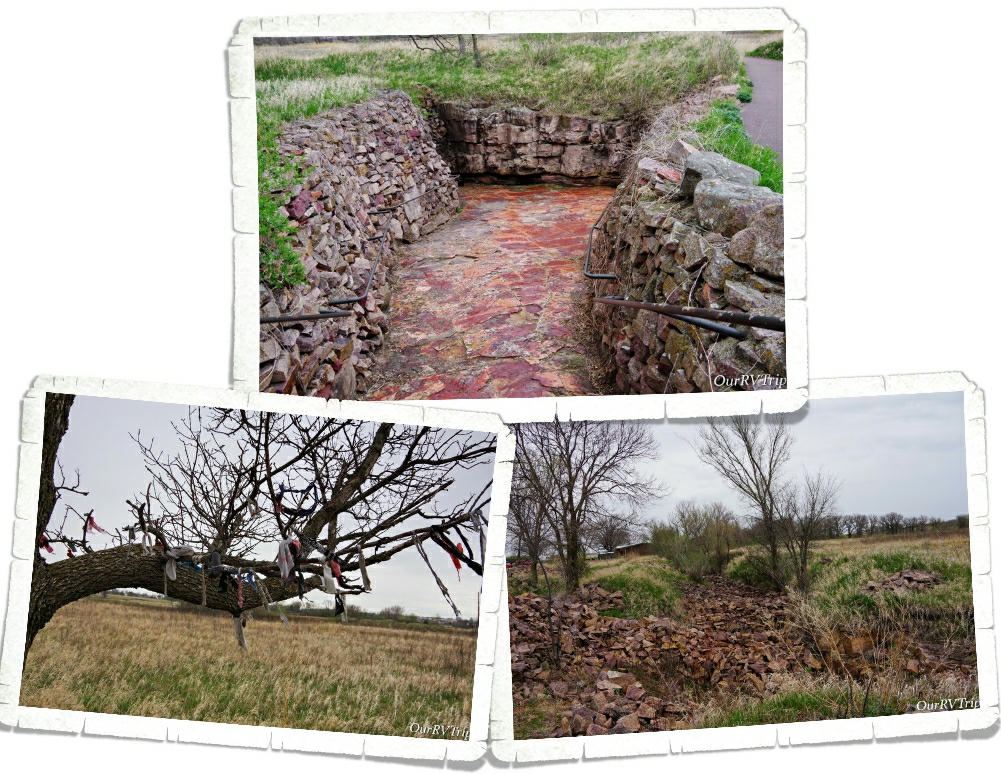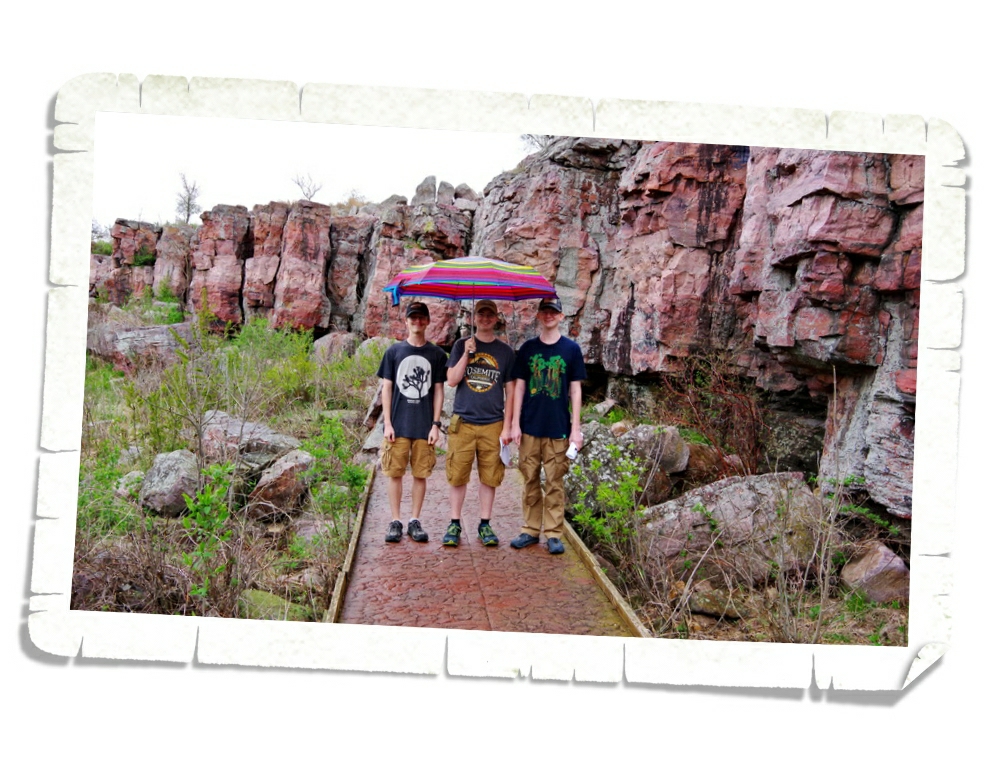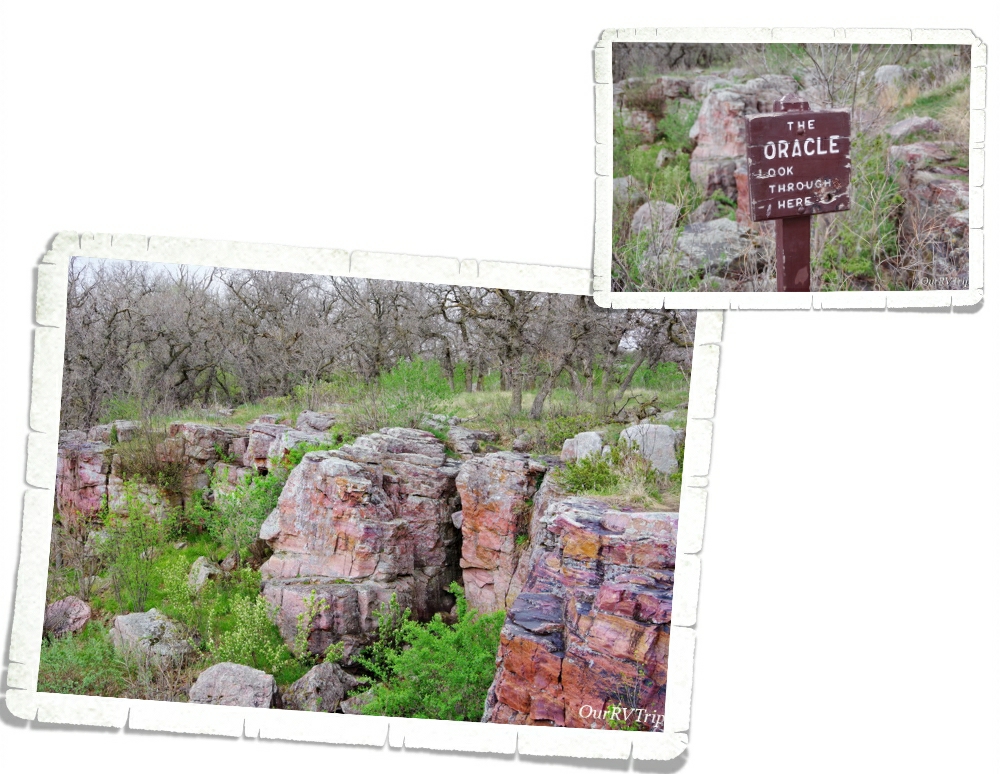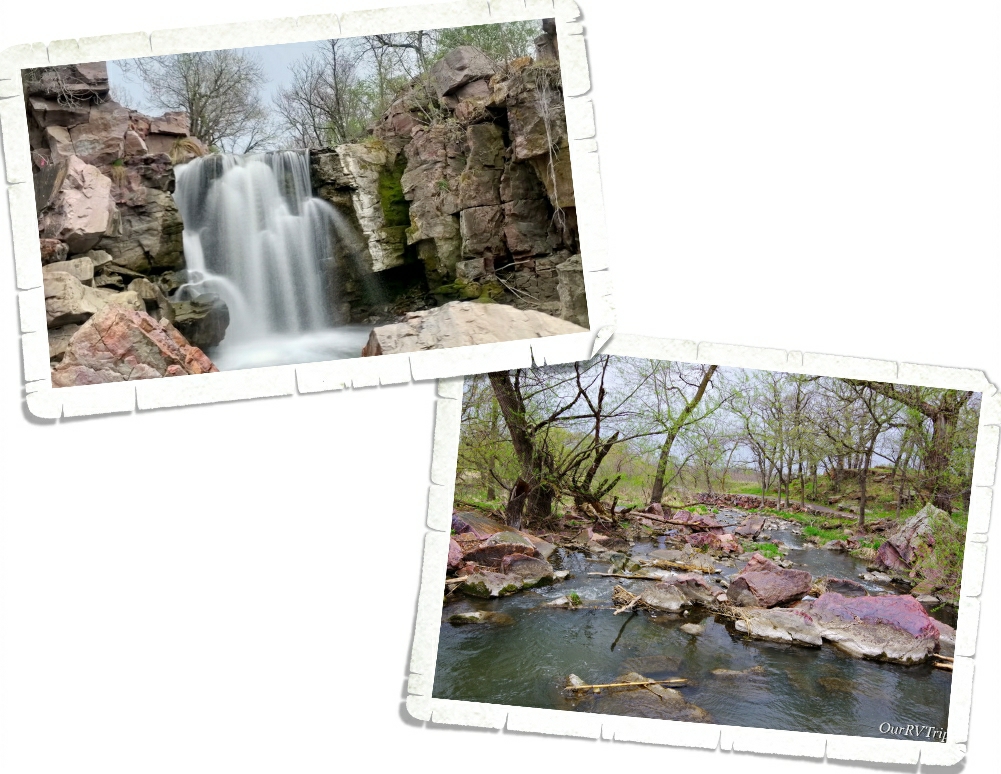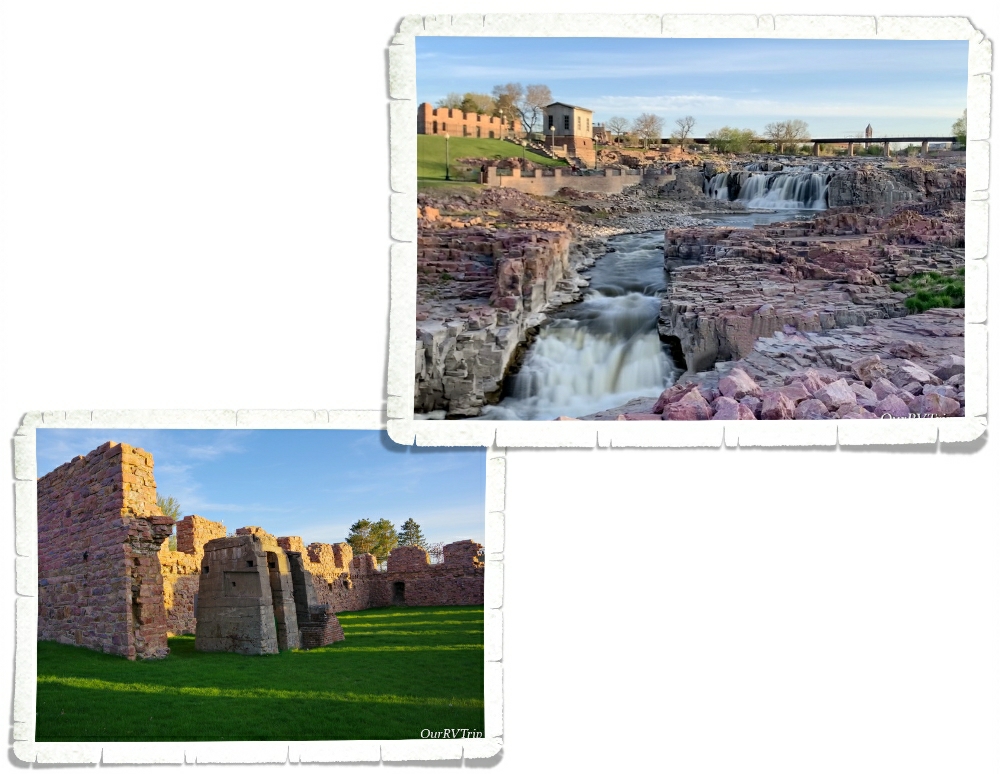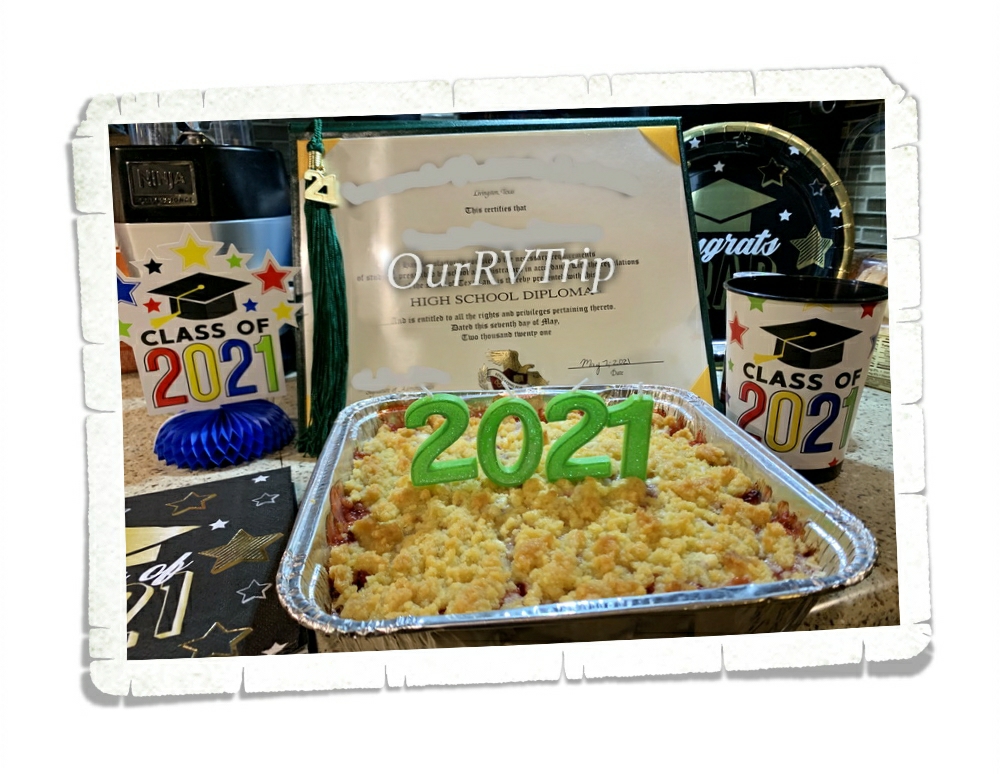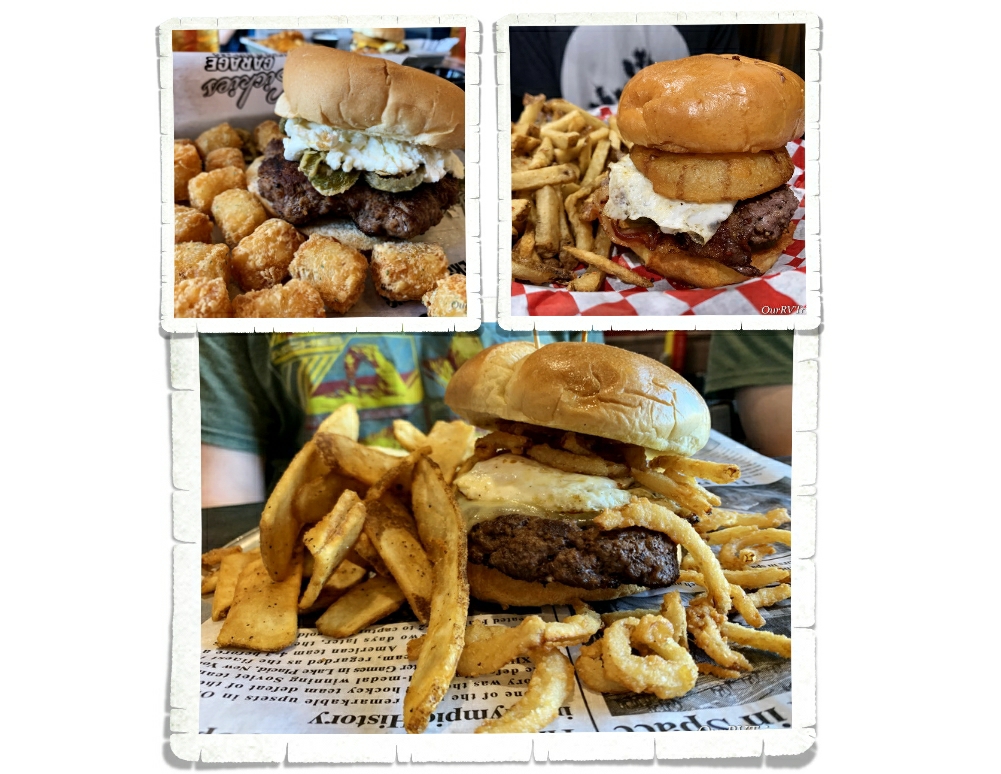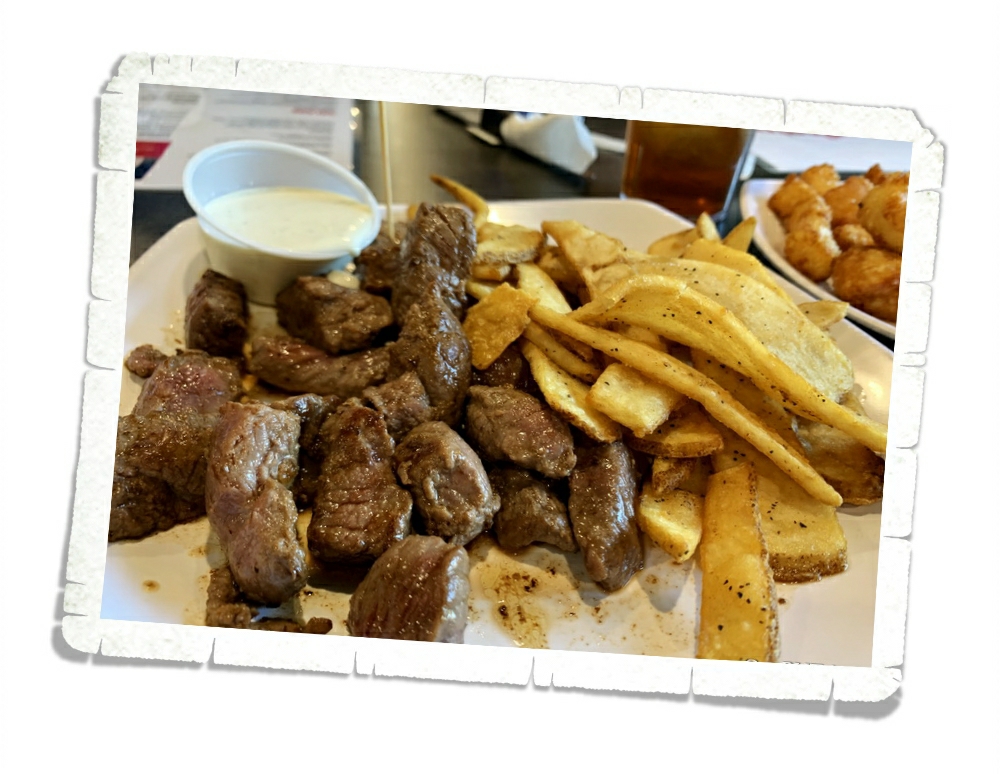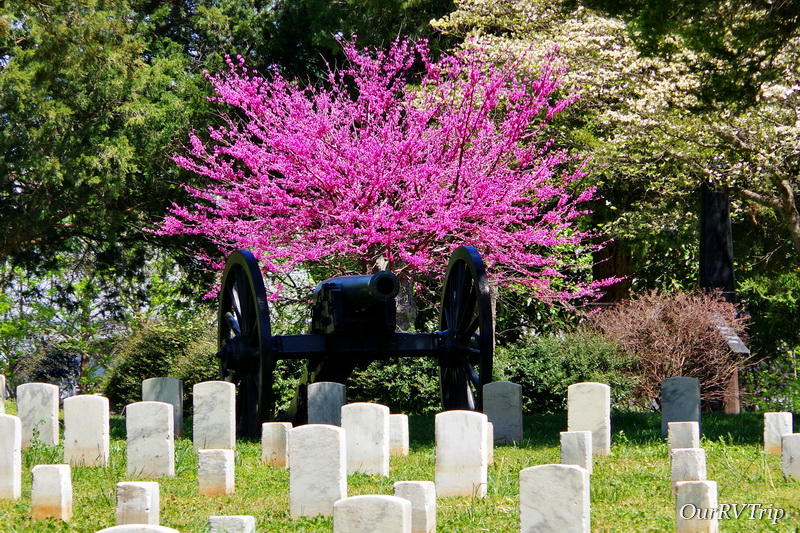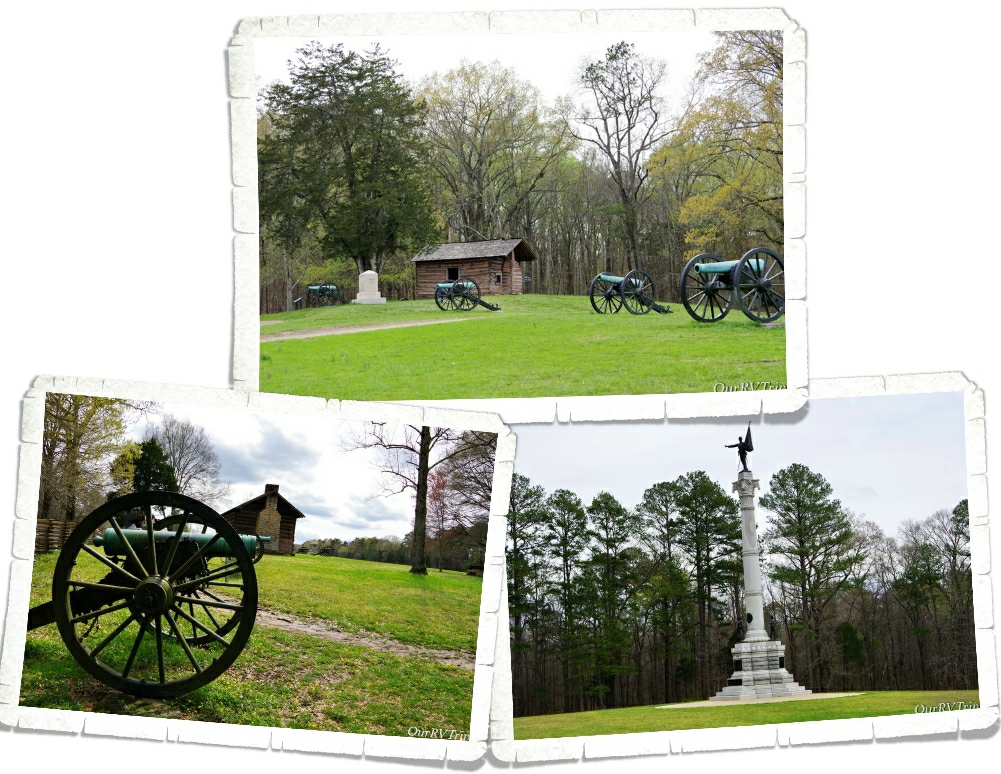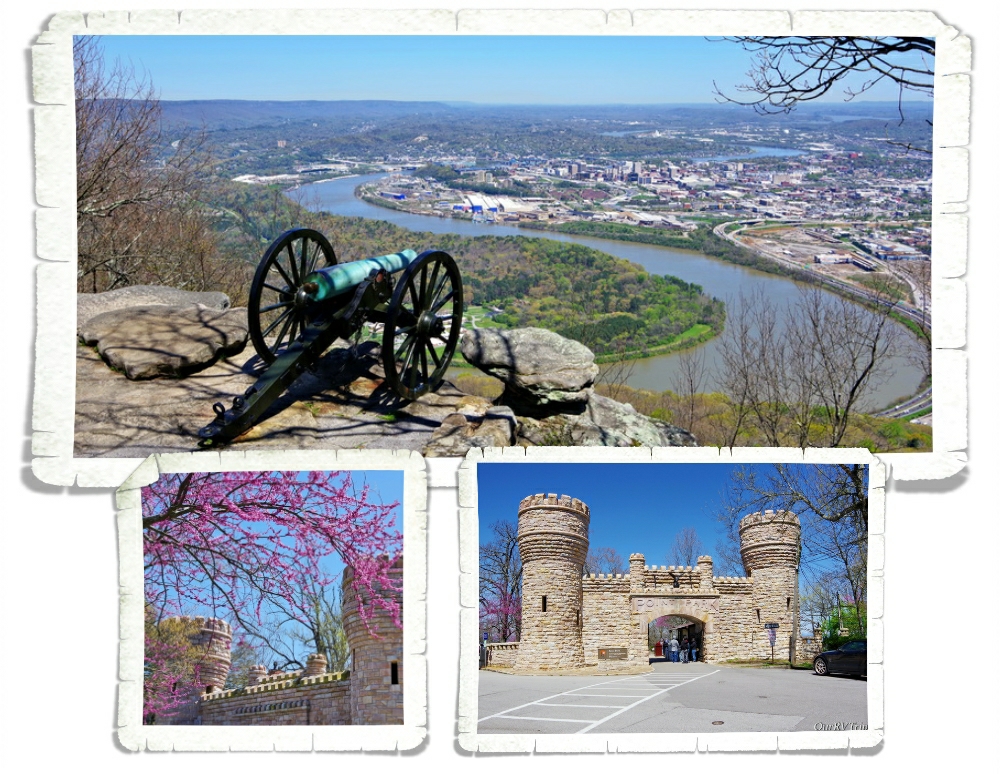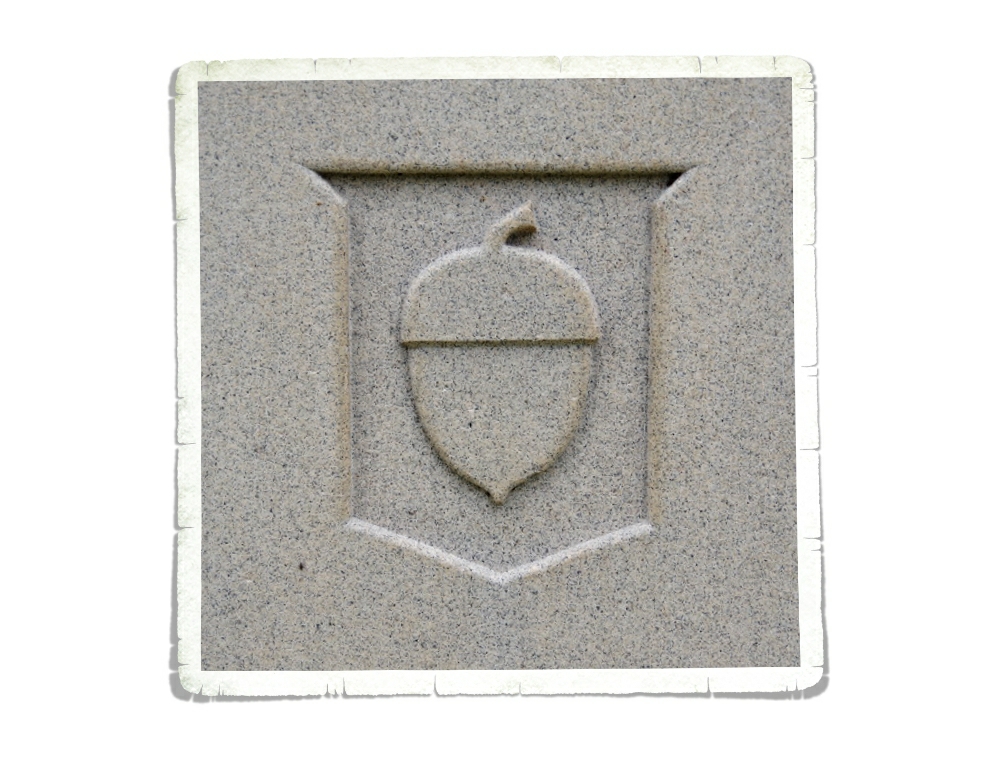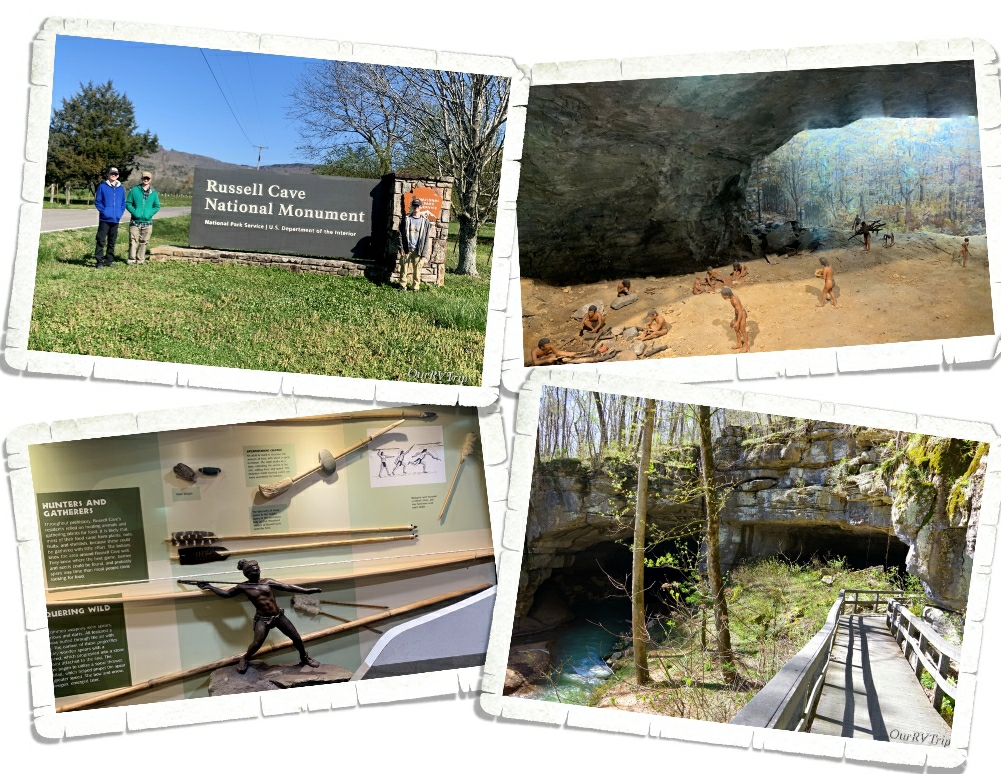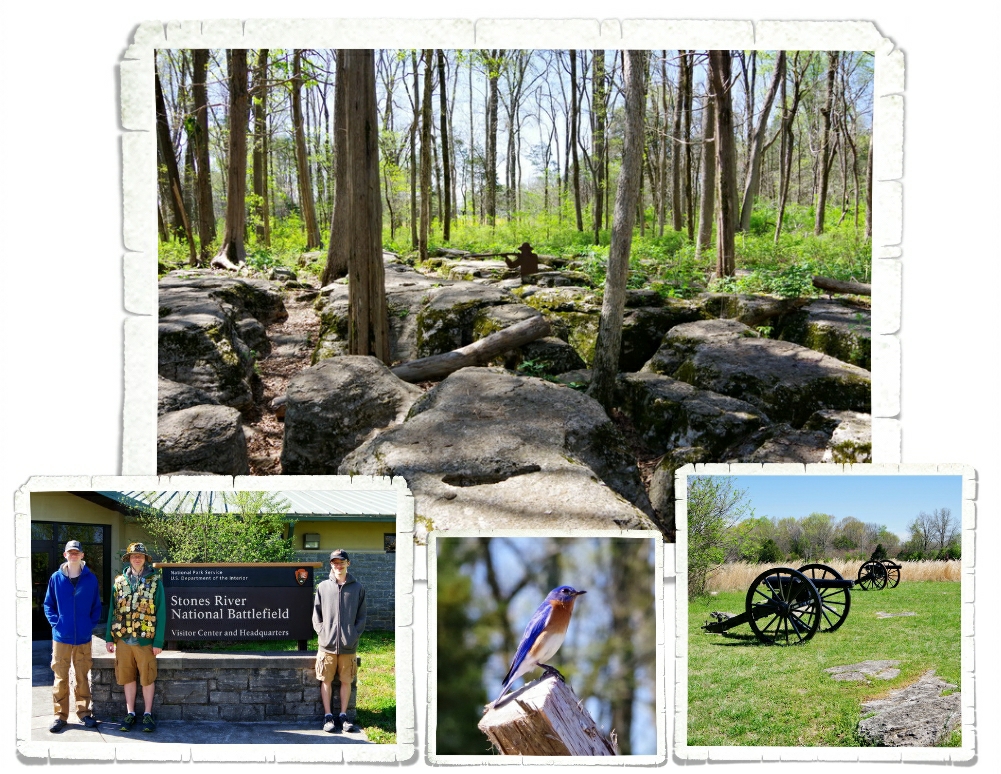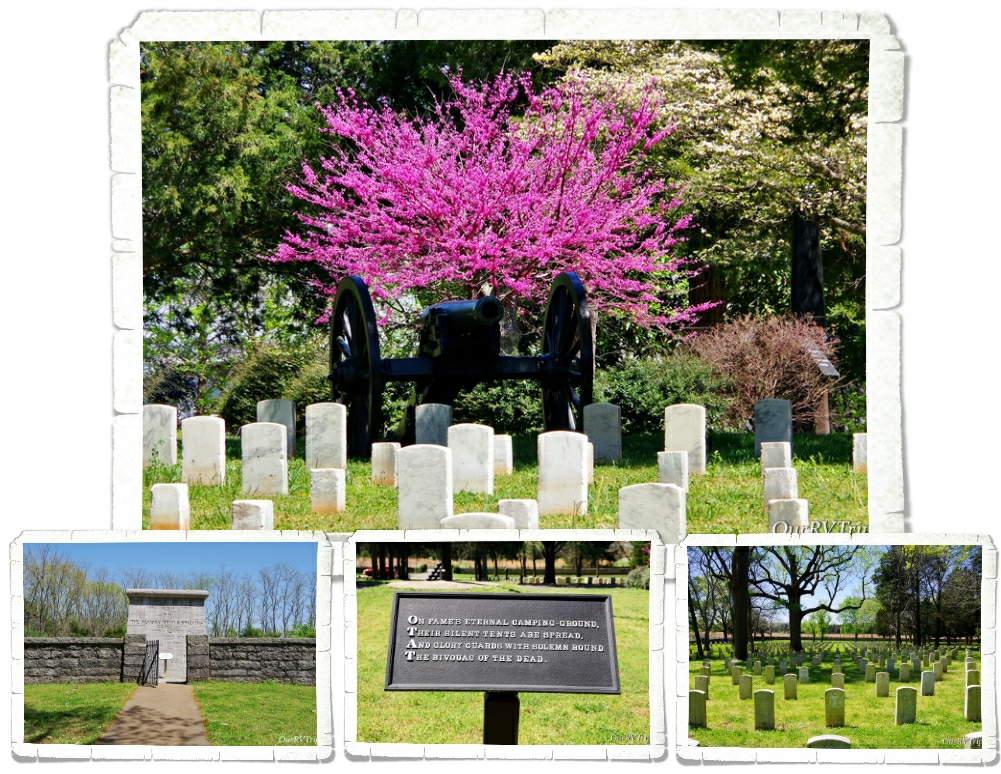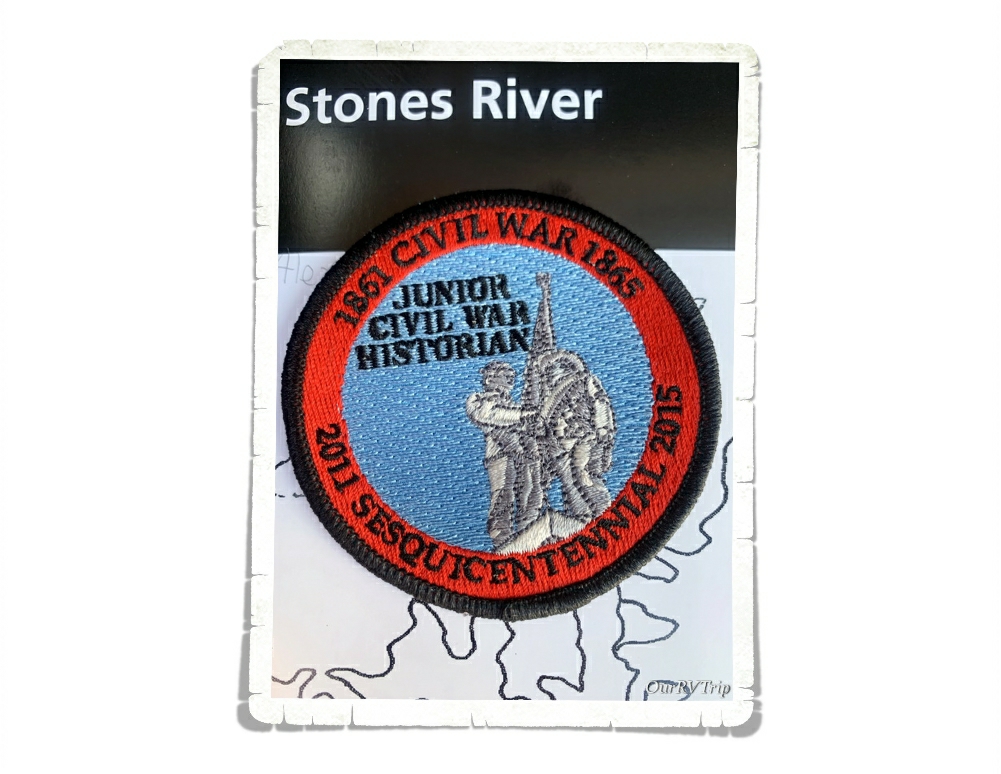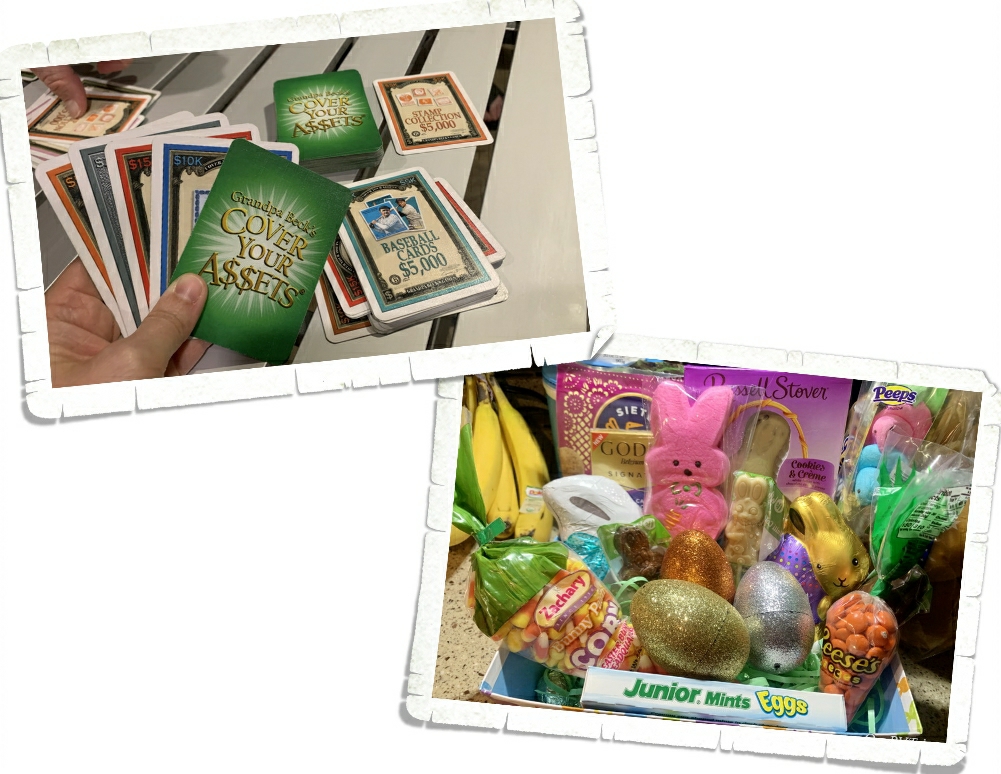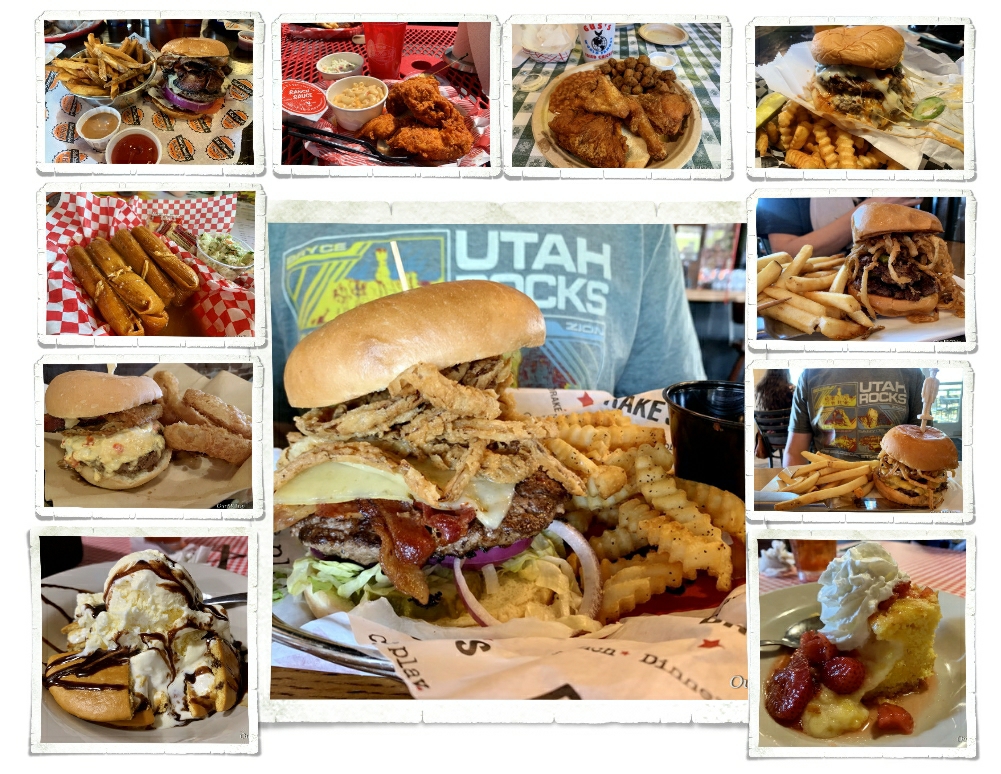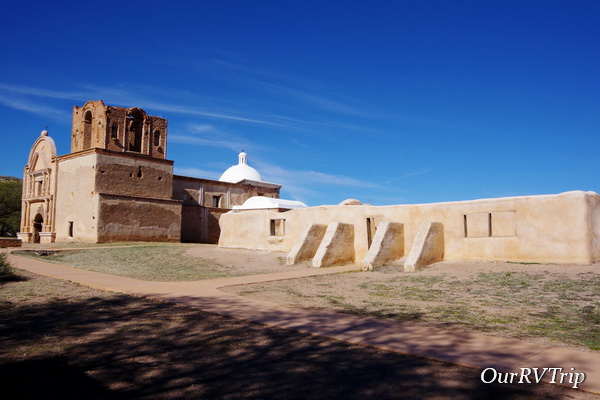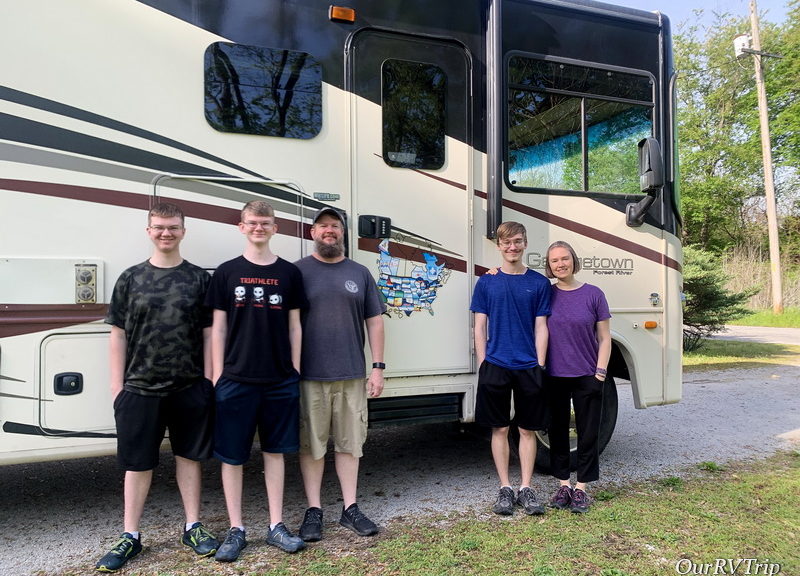
Sioux Falls & Pipestone
Hey Guys!!
After we finished our Tennessee loop, we headed back to Missouri for a couple of weeks while we prepped to head north to South Dakota. We were trying to time our South Dakota visit so that we not only missed the massive summer crowds but also avoided the summer hail storms. We found out from another traveling family that South Dakota has some hellacious hail storms during the summer…and not just the small pea sized hail…no, they said it was golf ball sized hail and that they experienced a storm every afternoon while they’d been in South Dakota. Thanks but no. I think we’ll pass on that weather.
One of the projects we did while we were back in Missouri was install a shelf on the side of our kitchen counter for extra space. Guys, I don’t know why we didn’t do this six years ago when we first started this whole nomad/tiny kitchen life. We found an untreated board at a local hardware store and sanded/stained it then had Nicholas (our youngest) draw our logo on it. I think he did a great job! We love the finished product! And Y’all…we totally use this extra space daily. It’s been so nice to have.
Our first stop on our South Dakota loop was Sioux Falls. That was too far to drive in one day so we stopped in the Omaha, NE area for a quick visit to some friends (waves to Omaha friends…you know who you are) before heading on the next day. One of the best things about living in a home-on-wheels is having the ability to visit family and friends who live all over the country.
The entire reason we stayed in Sioux Falls was to visit Pipestone National Monument. I feel like these small parks are usually overlooked, but Guys, they’re worth the trip. Especially this one.
Pipestone National Monument was brought into the protection of the National Park Service in 1937 to preserve the site where, for many generations, various American Indian tribes have come to quarry the red pipestone used to make the pipe bowls for their ceremonial pipes.
“When you pray with this pipe, you pray for and with everything.” ~Black Elk~ (not pictured)
The various tribes have differing beliefs, but many believe that when you pray with a ceremonial pipe, your prayers are carried to the Great Spirit with the smoke from the pipe.
Archeologist have found evidence that the area of Pipestone National Monument has been used for over 3,000 years. This area is still considered sacred to twenty-three different Tribal Nations & Indigenous peoples from all across the country. These tribes keep their traditional quarrying practices alive as they come back to Pipestone NM time and again to quarry for the pipestone. This park remains an active quarry site and is considered sacred ground to these Tribal Nationals and Indigenous peoples so if you go, please respect that and go with a humble heart and an open mind to learn about their beliefs, culture, and traditions.
There’s a short hike you can take through the tallgrass prairie to get up-close to some of the red pipestone. The day we went it was cold (no one bothered to take jackets because we weren’t expecting it to be that cold) and rainy, but we still made the short hike. It was totally worth it and we highly recommend it.
There are some rock formations that have names. I always appreciate it when a park puts up signs that help you figure out which rock they’re talking about. It’s always helpful!
If the amazing red rocks don’t impress you (and they totally should) then the Winnewissa waterfall will. The whole park really is beautiful and has a peaceful vibe. We encourage everyone to make a trip to Pipestone National Monument to learn and appreciate the history, culture and traditions this park protects and preserves.
On our last night in Sioux Falls we found Falls Park where you can see the falls that the city is named for and what remains of the Queen Bee Mill. It’s a great place to get some fresh air and walk around…right in the middle of the city.
The most exciting thing we did while in Sioux Falls was celebrate Alex’s (our middle kiddo) graduation from high school! We’re so very proud of the young man he’s becoming and I know that our travels are a big part of that.
Shall we talk foodies?! We found some great burgers from a few different places, but what stood out the most…and was new for us was the
South Dakota foodie known as chislic! Chislic is deep fried or flash grilled pieces of meat. We had steak chislic, but it can also come in lamb or venison. I’ll admit…I was a skeptic, but it was really good! What we got was an appetizer served with fries and ranch and honestly, it could have been a meal on it’s own.
We only spent a week in the Sioux Falls area, but we could have easily spent two or three weeks. There are several things to go see and do. Hopefully, one day we’ll make it back and finish up our “to see” list!
See y’all down the road!
#NationalParkTour


